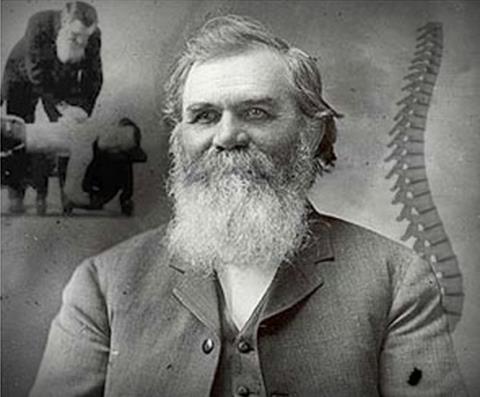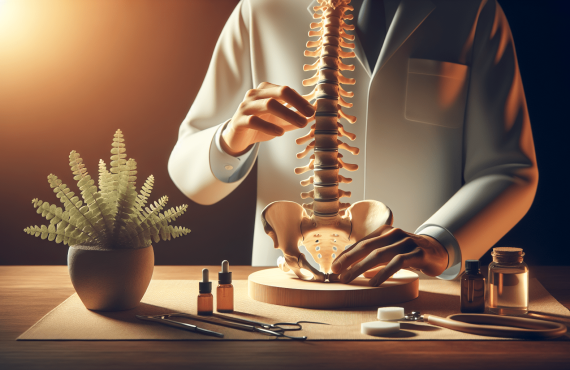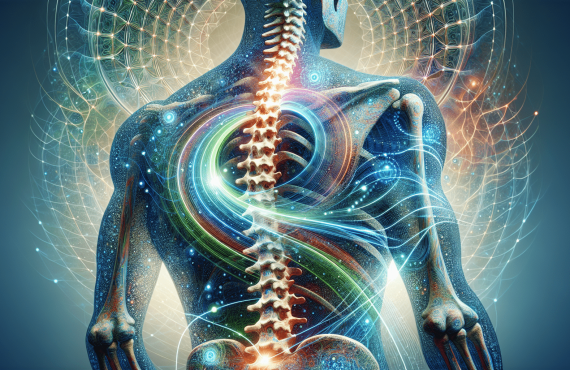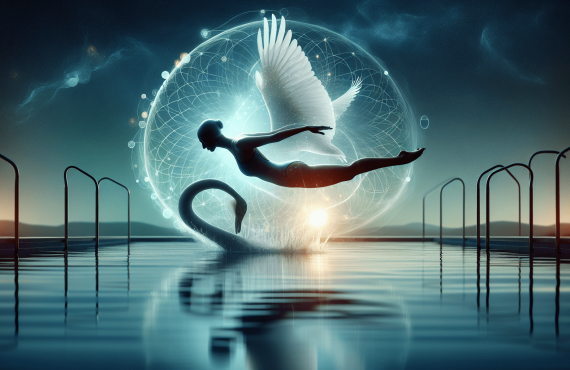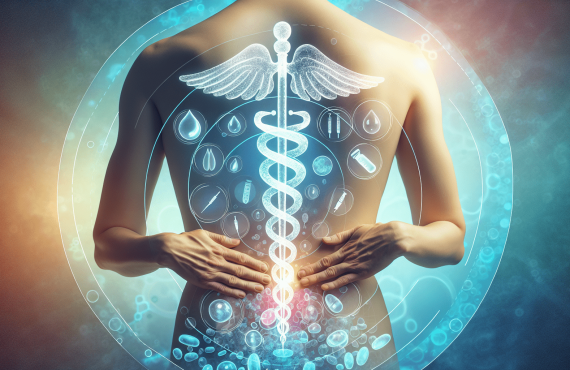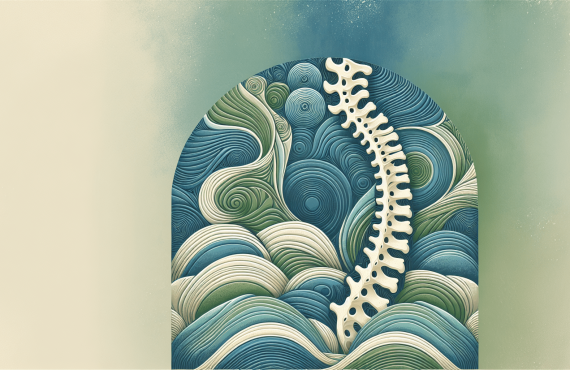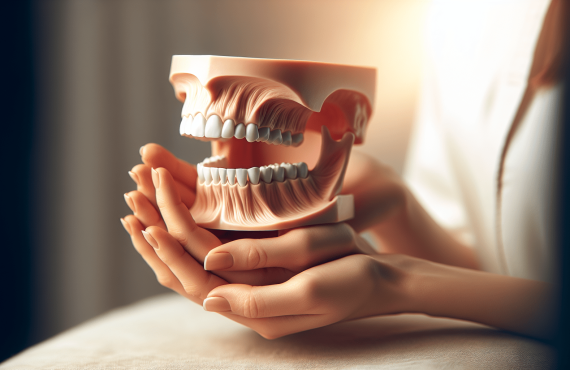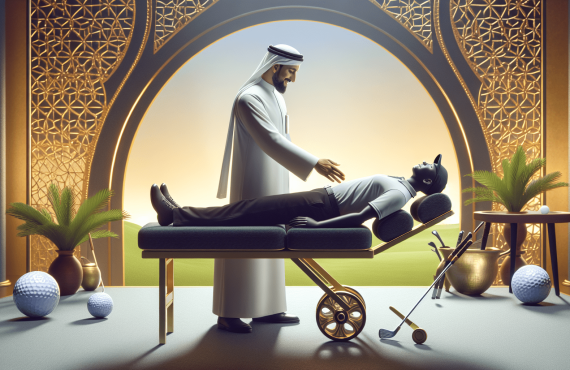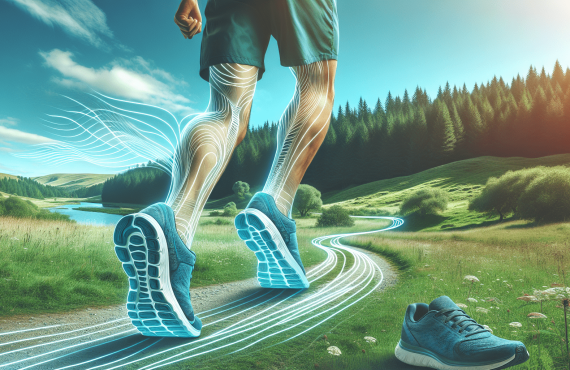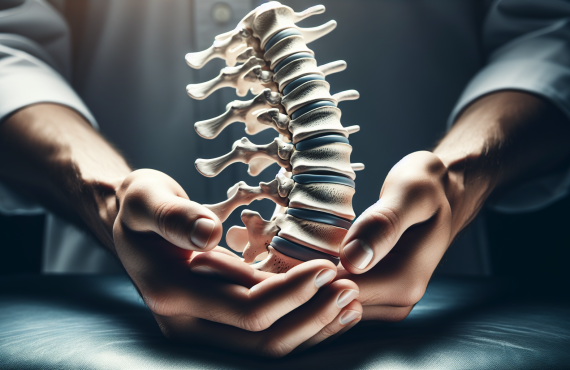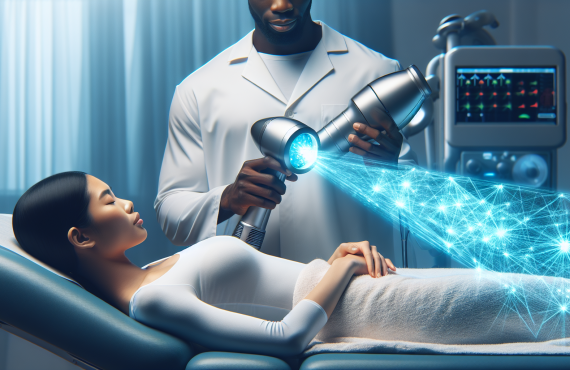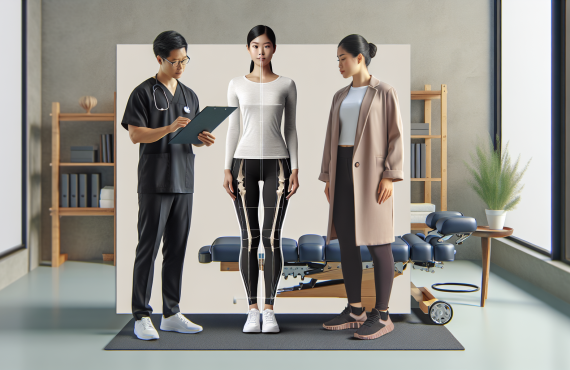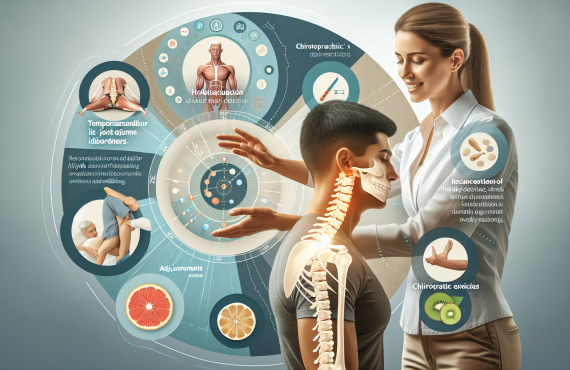If you’ve ever wondered about the origins of chiropractic medicine, look no further. In this captivating article, we’ll delve into the rich history of this alternative form of healthcare. From its humble beginnings to its evolution into a respected profession, chiropractic medicine has had a profound impact on the lives of countless individuals seeking holistic care. Discover the fascinating journey of this practice and gain a deeper understanding of its principles and benefits. Get ready to learn about the pioneers, breakthroughs, and modern-day practitioners who continue to shape the field of chiropractic medicine.
Table of Contents
The Origins of Chiropractic Medicine
chiropractic medicine has a rich history that dates back to ancient times. Throughout the centuries, various cultures and medical philosophies have influenced the development of chiropractic practices. Today, chiropractic is widely recognized as a safe and effective alternative healthcare option that focuses on the body’s natural ability to heal itself. Let’s explore the early foundations, influences from alternative medicine, and the birth of chiropractic.
Early Foundations of Chiropractic
To understand the origins of chiropractic, we must look back to ancient civilizations such as Egypt, Greece, and China. These cultures recognized the importance of spinal health and believed that proper alignment of the spine was essential for overall well-being. In fact, the word chiropractic is derived from the Greek words “cheir” meaning hand, and “praxis” meaning practice, highlighting the hands-on nature of the treatment.
Influences from Alternative Medicine
Throughout history, various forms of alternative medicine have played a significant role in shaping chiropractic principles. One notable influence is the ancient practice of spinal manipulation, which has been documented as early as 2700 BC in ancient Chinese texts. Similarly, the ancient Greeks practiced a form of spinal manipulation known as “Hippocratic massage” to treat various ailments.
Additionally, the principles of Ayurvedic medicine, a traditional Indian healing system, emphasize the holistic approach to healthcare and the importance of maintaining a balanced nervous system. These holistic philosophies and practices laid the groundwork for chiropractic’s focus on the spine and nervous system as the key to overall health and wellness.
The Birth of Chiropractic
In the late 19th century, a pivotal moment in the history of chiropractic occurred with the discovery and development of the profession by Dr. Daniel David Palmer. Dr. Palmer, a magnetic healer and teacher, established the first chiropractic clinic in Davenport, Iowa in 1895. This event marked the birth of a new approach to healthcare that focused on diagnosing and treating mechanical disorders of the musculoskeletal system, particularly the spine.
Dr. Daniel David Palmer: The Founder
Dr. Daniel David Palmer, the founder of chiropractic, was a remarkable figure whose life and background played a significant role in shaping the profession. Born in Canada in 1845, Dr. Palmer was a passionate advocate for natural healing methods and alternative medicine. He had a deep interest in the relationship between the spine and overall health, which led him to explore and develop the principles of chiropractic.
The Discovery of Chiropractic
Dr. Palmer’s pivotal moment came when he performed the first chiropractic adjustment on a deaf janitor named Harvey Lillard. After conducting a spinal adjustment on Mr. Lillard, his hearing partially returned, and this remarkable outcome inspired Dr. Palmer’s belief in the connection between spinal health and overall well-being. This event marked the beginning of his journey to develop the practice of chiropractic.
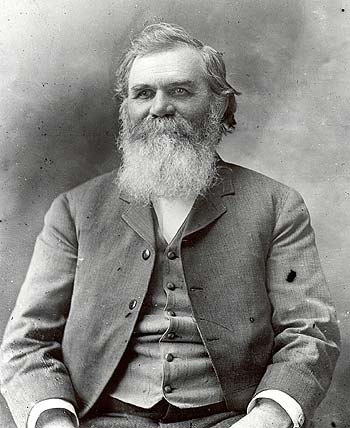
This image is property of upload.wikimedia.org.
Development of Chiropractic Principles
Dr. Palmer’s continued research and exploration led to the development of chiropractic principles that are still followed today. He coined the term “subluxation,” referring to misalignments or biomechanical abnormalities of the spine that can disrupt the nervous system’s function. According to Dr. Palmer, by correcting these subluxations through spinal adjustments, the body’s innate healing abilities could be restored, leading to overall health and well-being.
The Growth and Recognition of Chiropractic
After its establishment in the late 19th century, chiropractic faced both acceptance and criticism from the medical community. However, as more patients experienced the benefits of chiropractic care, the profession gained recognition and acceptance. Let’s explore the early acceptance and criticism, chiropractic’s growth in the United States, and the formation of chiropractic associations and institutions.
Early Acceptance and Criticism
During the early years, chiropractic faced skepticism and opposition from established medical professionals, who often regarded it as an unconventional or unscientific approach to healthcare. However, many patients reported significant improvements in their health and well-being after chiropractic treatments, leading to grassroots support for the profession. Over time, chiropractic gained acceptance by providing safe and effective alternatives to medical interventions for various conditions.
Chiropractic in the United States
Chiropractic’s growth in the United States can be attributed to the efforts of dedicated pioneers who promoted and advanced the profession. One such individual was Dr. B.J. Palmer, the son of Dr. D.D. Palmer, who played a crucial role in expanding chiropractic education and research. Thanks to the efforts of these early chiropractors, the profession gained recognition and began to be integrated into mainstream healthcare.
Formation of Chiropractic Associations and Institutions
To support the growth and development of chiropractic, professional associations and institutions were established. The American Chiropractic Association (ACA) was founded in 1922 and became the leading organization representing chiropractors’ interests. Today, the ACA continues to advocate for the advancement of chiropractic and the rights of chiropractic patients.
In addition to professional associations, chiropractic colleges were established to provide comprehensive education and training for chiropractors. These institutions offer rigorous academic programs and clinical experiences to ensure chiropractors are well-prepared to deliver safe and effective care to their patients.
Chiropractic Techniques and Methods
Chiropractors utilize various techniques and methods to diagnose and treat their patients. These techniques are designed to restore proper alignment, mobility, and function to the spine and other joints. Let’s explore some of the most commonly used chiropractic techniques, including spinal manipulation, diversified technique, Gonstead technique, activator method, and Thompson terminal point technique.
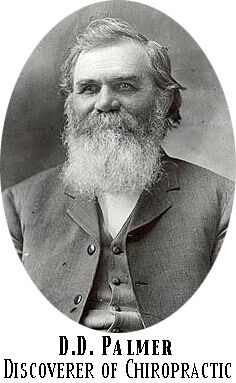
This image is property of cdn-dimmf.nitrocdn.com.
Spinal Manipulation: The Foundation
Spinal manipulation, also known as chiropractic adjustment, remains the cornerstone of chiropractic care. This technique involves the application of controlled force to specific joints in the spine or extremities to restore normal joint function and alleviate pain. By carefully manipulating the spine, chiropractors can correct misalignments and reduce nerve interference, allowing the body to heal itself.
Diversified Technique
The diversified technique is one of the most widely used chiropractic techniques. It involves a hands-on approach to spinal manipulation, where the chiropractor applies a high-velocity, low-amplitude thrust to the targeted joint. This technique is often used to address a wide range of musculoskeletal conditions, including back pain, neck pain, and headaches.
Gonstead Technique
The Gonstead technique is a precise and specific chiropractic technique that focuses on identifying and correcting subluxations in the spine. This technique utilizes a combination of analysis and adjustment methods to ensure the most accurate and effective treatment. It emphasizes the use of X-rays and thorough patient assessments to determine the best course of action.
Activator Method
The activator method is a gentle yet effective chiropractic technique that uses a handheld, spring-loaded device called an activator to deliver precise adjustments to the spine or extremities. This method is particularly useful for patients who prefer a more subtle approach or may have contraindications to manual adjustments. The activator method is often used to treat a variety of conditions, including sciatica, migraines, and joint pain.
Thompson Terminal Point Technique
The Thompson terminal point technique is a specialized chiropractic technique that involves a drop table system. This technique utilizes a special table equipped with sections that drop slightly when pressure is applied. By applying a specific force to a targeted area, the chiropractor can restore proper alignment and function to the affected joint or region.
Chiropractic and Medical Regulation
As chiropractic gained recognition and acceptance, it faced regulatory challenges and legal battles to establish its place within the healthcare system. Over time, chiropractic has made significant progress in achieving legal recognition and forming collaborative relationships with other healthcare professionals. Let’s explore the legal battles and licensing, chiropractic’s scope of practice, and its integration with medical care.
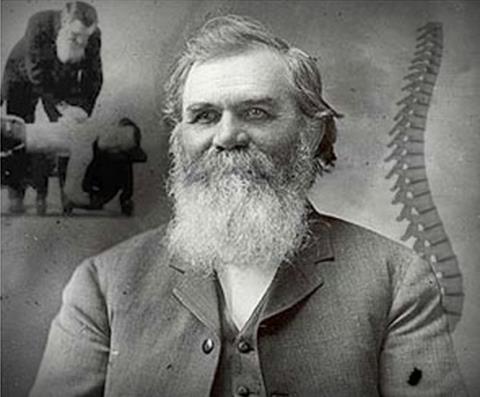
This image is property of www.drdusty.com.
Legal Battles and Licensing
In the early years of chiropractic, many states and countries sought to ban or restrict the practice, citing concerns about the safety and efficacy of spinal manipulation. Chiropractors fought for their rights through legal battles, and eventually, licensure laws were enacted to regulate the profession. Today, chiropractors must meet stringent educational and licensing requirements to ensure patient safety and quality care.
Chiropractic Scope of Practice
The scope of practice for chiropractors varies from state to state and country to country. In general, chiropractors are trained to diagnose and treat musculoskeletal conditions, with a particular focus on the spine and nervous system. They can order diagnostic tests, refer patients to other healthcare professionals when necessary, and provide a multidisciplinary approach to care. However, chiropractors do not prescribe medication or perform surgeries.
Integration with Medical Care
In recent years, there has been a growing recognition of the benefits of integrating chiropractic care into mainstream medical settings. Many medical clinics and hospitals now offer multidisciplinary healthcare services that include chiropractic alongside traditional medical treatments. This integration allows for a comprehensive approach to patient care, where different healthcare professionals collaborate to provide the best outcomes for patients.
Chiropractic Research and Evidence-Based Practice
Chiropractic has undergone significant advancements in research to further establish its effectiveness and evidence-based practice. High-quality research studies have helped build an evidence base for chiropractic care, supporting its benefits for various conditions. However, there are still challenges in researching chiropractic effectiveness. Let’s explore the advancements in chiropractic research, evidence for chiropractic care, and the challenges in researching chiropractic effectiveness.
Advancements in Chiropractic Research
In recent decades, there has been a surge in research studies examining the effectiveness of chiropractic care. These studies focus on a wide range of conditions, including lower back pain, neck pain, headaches, and musculoskeletal injuries. Advances in technology and research methodologies have allowed for more sophisticated studies, providing valuable insights into the mechanisms and outcomes of chiropractic treatments.
Evidence for Chiropractic Care
The existing body of evidence supports chiropractic care as a safe and effective treatment for various musculoskeletal conditions. Numerous systematic reviews and meta-analyses have reported positive outcomes for chiropractic interventions, particularly for conditions such as acute and chronic lower back pain, neck pain, and headaches. Evidence suggests that chiropractic care can provide pain relief, improve function, and enhance overall quality of life for patients.
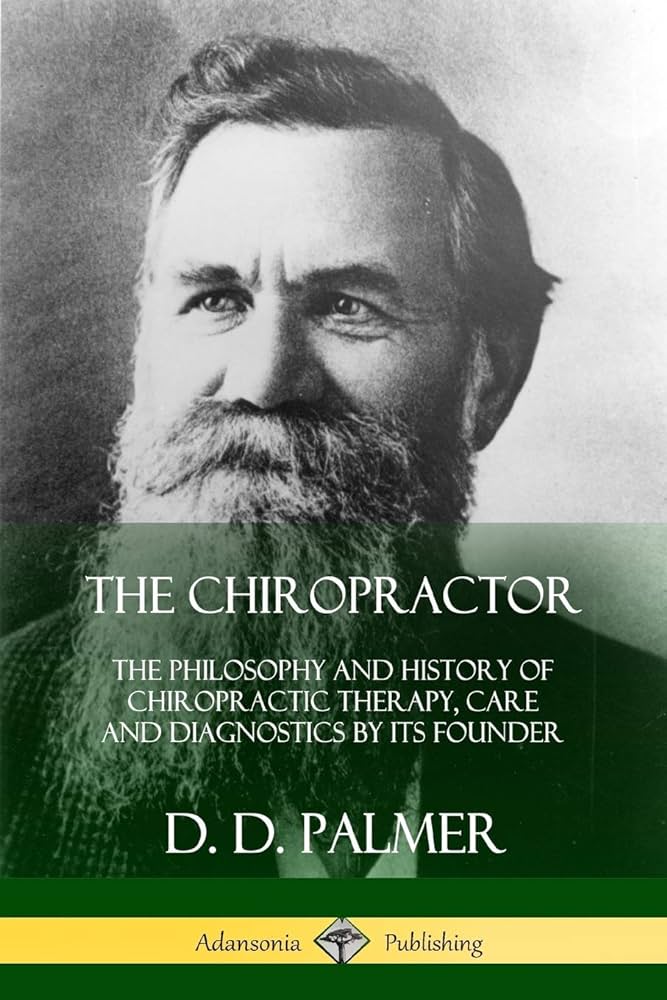
This image is property of Amazon.com.
Challenges in Researching Chiropractic Effectiveness
Despite the growing body of research, there are still challenges in studying chiropractic effectiveness. One common challenge is the complexity of chiropractic interventions, which often involve multiple treatment modalities tailored to individual patients. This individualized approach can make it challenging to design standardized research protocols and compare outcomes across studies. Additionally, logistics such as blinding and placebo controls can be difficult to implement in chiropractic studies.
Chiropractic Specializations and Subfields
Chiropractic offers various specializations and subfields that focus on specific areas of practice or patient populations. These specialized areas allow chiropractors to develop expertise in specific techniques, conditions, or demographics. Let’s explore some of the common chiropractic specializations, including sports chiropractic, pediatric chiropractic, chiropractic neurology, and chiropractic radiology.
Sports Chiropractic
Sports chiropractic focuses on providing specialized care for athletes and individuals engaged in physical activities. Sports chiropractors have in-depth knowledge of sports-related injuries and biomechanics, allowing them to assess, diagnose, and treat athletes effectively. They often utilize techniques such as spinal adjustments, soft tissue therapy, and rehabilitation exercises to optimize athletic performance and prevent and manage injuries.
Pediatric Chiropractic
Pediatric chiropractic focuses on the care of infants, children, and adolescents. Chiropractors specializing in pediatric care have specialized training in assessing and treating musculoskeletal issues common in children, such as spinal misalignments, sports injuries, and developmental concerns. Pediatric chiropractors use gentle techniques and adjustments appropriate for children to promote optimal growth, development, and overall well-being.
Chiropractic Neurology
Chiropractic neurology is a specialization within chiropractic that focuses on the nervous system’s function and its relationship to overall health. Chiropractic neurologists undergo advanced training in neurological assessment techniques and treatment protocols. They utilize a variety of neurological rehabilitation strategies to address conditions such as vertigo, balance disorders, migraines, and neurodevelopmental disorders.
Chiropractic Radiology
Chiropractic radiology involves the specialized use of imaging techniques to assess and diagnose musculoskeletal conditions. Chiropractic radiologists are trained in the interpretation of X-rays, MRI scans, and other diagnostic imaging modalities. They play a crucial role in assisting chiropractors with the diagnosis and treatment planning for patients with spine and musculoskeletal conditions.

This image is property of smartcdn.gprod.postmedia.digital.
Chiropractic Medicine Around the World
Chiropractic medicine has experienced international development and spread, with practitioners and organizations established worldwide. Let’s explore the growth and presence of chiropractic in Europe, Asia, Australia, and New Zealand.
International Development and Spread
Chiropractic initially spread from its birthplace in the United States to other countries, driven by the efforts of pioneering chiropractors. As awareness and recognition of chiropractic grew, it gained popularity in various parts of the world. Today, chiropractic is practiced in over 100 countries, with different regions embracing the philosophy and approach to healthcare.
Chiropractic in Europe
Chiropractic has gained significant prominence in Europe over the years, with many countries establishing regulatory frameworks for the profession. European chiropractors adhere to high educational standards and are required to meet specific licensing requirements. Chiropractic education and research institutions in Europe contribute to the advancement of the profession and ensure the delivery of safe and effective care.
Chiropractic in Asia
Chiropractic has also gained traction in Asia, with an increasing number of countries recognizing the benefits of this form of healthcare. In countries like Japan, South Korea, and Malaysia, chiropractic is a rapidly growing profession, providing alternative options for individuals seeking non-invasive and drug-free approaches to their health concerns.
Chiropractic in Australia and New Zealand
Australia and New Zealand have well-established chiropractic professions, with chiropractors playing an integral role in the healthcare systems of both countries. Chiropractic is a regulated health profession in Australia and New Zealand, and chiropractors are recognized as primary healthcare providers. Chiropractic education in these countries prepares practitioners to deliver comprehensive care and collaborate with other healthcare professionals.
Chiropractic Medicine Today
In the present day, chiropractic medicine has evolved into a modern profession that embraces a holistic approach to healthcare. Let’s explore the modern chiropractic profession, common conditions treated by chiropractors, collaboration with other healthcare professionals, and chiropractic’s role in holistic wellness.
Understanding the Modern Chiropractic Profession
The modern chiropractic profession focuses on providing patient-centered care that addresses the root causes of health issues rather than simply treating symptoms. Chiropractors employ a range of evidence-based techniques and therapies to promote optimal spinal health, improve physical function, and enhance overall well-being. They work in partnership with patients to develop personalized treatment plans that are tailored to individual needs and goals.
Common Conditions Treated by Chiropractors
Chiropractors treat a wide range of conditions, with a primary focus on musculoskeletal issues. Common conditions addressed by chiropractic care include lower back pain, neck pain, headaches, sciatica, joint pain, and sports-related injuries. Chiropractors also provide preventive care and wellness strategies to help patients maintain optimal health and prevent future issues.
Collaboration with Other Healthcare Professionals
Chiropractors recognize the importance of collaboration and integration within the healthcare system. They often work closely with other healthcare professionals, such as medical doctors, physical therapists, and acupuncturists, to ensure comprehensive and coordinated care for their patients. This collaborative approach allows for a multidisciplinary approach to healthcare, where each professional contributes their expertise to achieve the best outcomes for patients.
Chiropractic’s Role in Holistic Wellness
Chiropractic care extends beyond the treatment of physical symptoms. Chiropractors emphasize the importance of holistic wellness and strive to address the underlying causes of health issues. They promote healthy lifestyle choices, such as proper nutrition, exercise, stress management, and adequate sleep, to support the body’s natural healing processes. Chiropractors empower patients to take an active role in their own health and well-being.
Future Developments and Trends in Chiropractic
Chiropractic medicine continues to evolve and adapt to the changing needs of patients and advancements in healthcare. Let’s explore some future developments and trends that are shaping the chiropractic profession.
Advancements in Chiropractic Technology
Technological advancements play a significant role in shaping the future of chiropractic care. Innovations such as advanced imaging technologies, computerized spinal analysis systems, and wearable devices for patient monitoring are enhancing the diagnostic capabilities of chiropractors. These technologies provide valuable insights into the patient’s condition and assist in developing targeted treatment plans.
Integration of Complementary Therapies
In recent years, there has been a growing recognition of the benefits of combining chiropractic care with other complementary therapies. Chiropractors are increasingly incorporating modalities such as acupuncture, massage therapy, nutritional counseling, and mind-body techniques into their treatment plans. This integrative approach allows for a more comprehensive and synergistic healing experience for patients.
Expanded Role of Chiropractic in Healthcare
As the healthcare landscape evolves, there is a greater emphasis on preventive care, patient-centered approaches, and non-invasive interventions. Chiropractic’s focus on promoting natural healing and restoring optimal spinal health aligns well with these evolving healthcare paradigms. Chiropractors are poised to play an expanded role in healthcare, working alongside other healthcare professionals to provide comprehensive, evidence-based care to patients.
In conclusion, the history of chiropractic medicine is a fascinating journey that spans ancient civilizations to modern-day healthcare practices. From its early foundations to the birth of chiropractic by Dr. Daniel David Palmer, the profession has grown and evolved, gaining recognition and acceptance worldwide. Chiropractors utilize various techniques, collaborate with other healthcare professionals, and contribute to the advancement of research and evidence-based practice. The future of chiropractic is promising, with advancements in technology, integration of complementary therapies, and an expanded role within the healthcare system. As individuals seek alternatives to traditional medical interventions and focus on holistic wellness, chiropractic medicine continues to provide a safe, effective, and patient-centered approach to healthcare.


